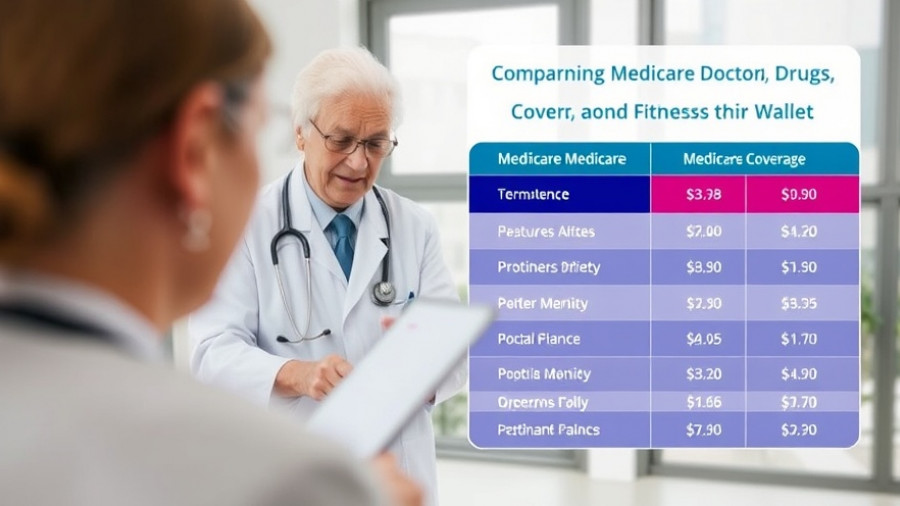
Prioritizing Quality Over Quantity in Life
New research from AARP and National Geographic Partners reveals a significant finding among older adults: the quality of life is prioritized over the length of life. According to the study, 84% of older adults prefer a good quality of life, emphasizing happiness and fulfillment rather than just extending their years. This desire underscores a shift in how seniors view aging and health, moving the conversation from merely living longer to enhancing the experiences they cherish most.
The Meaning of Quality of Life
Quality of life encompasses emotional well-being, physical health, and the ability to engage in meaningful activities. In an era where healthcare advances allow for extended lifespans, many seniors are leaning towards experiences that foster happiness and community rather than focusing solely on longevity. The importance of relationships, hobbies, and mental health stands out as foundational pillars for older adults who seek to live fully.
Implications for Healthcare and Support Services
As the preference for quality living grows among seniors, it presents a pivotal opportunity for healthcare systems and support services. These sectors must adapt by offering programs that promote well-being, such as wellness checks, mental health support, and social engagement initiatives. Prioritizing a holistic approach to aging can significantly enhance older adults' lives, aligning care practices with their desires for greater happiness.
Real-Life Testimonials: Voices of Older Adults
Voices from the senior community resonate with this research. Many older adults share stories of how fulfilling experiences—such as travel, volunteering, or reconnecting with family—have brought them joy that extends beyond any measure of lifespan. These narratives highlight the emotional and social aspects of aging that may often be underestimated in traditional health conversations.
Future Trends in Aging
The shift towards a quality-focused approach opens doors for fresh perspectives on aging. As more older adults advocate for choices that enhance their lives, new trends in lifestyle, health, and social services are likely to emerge. Communities may benefit from rethinking how they support their aging population, emphasizing inclusivity and opportunities for engagement.
The findings of this study prompt all of us—families, policymakers, and service providers—to consider how we can help create an environment where older adults can thrive, enjoy, and celebrate their lives, irrespective of their years.
 Add Row
Add Row 

 Add
Add 


Write A Comment